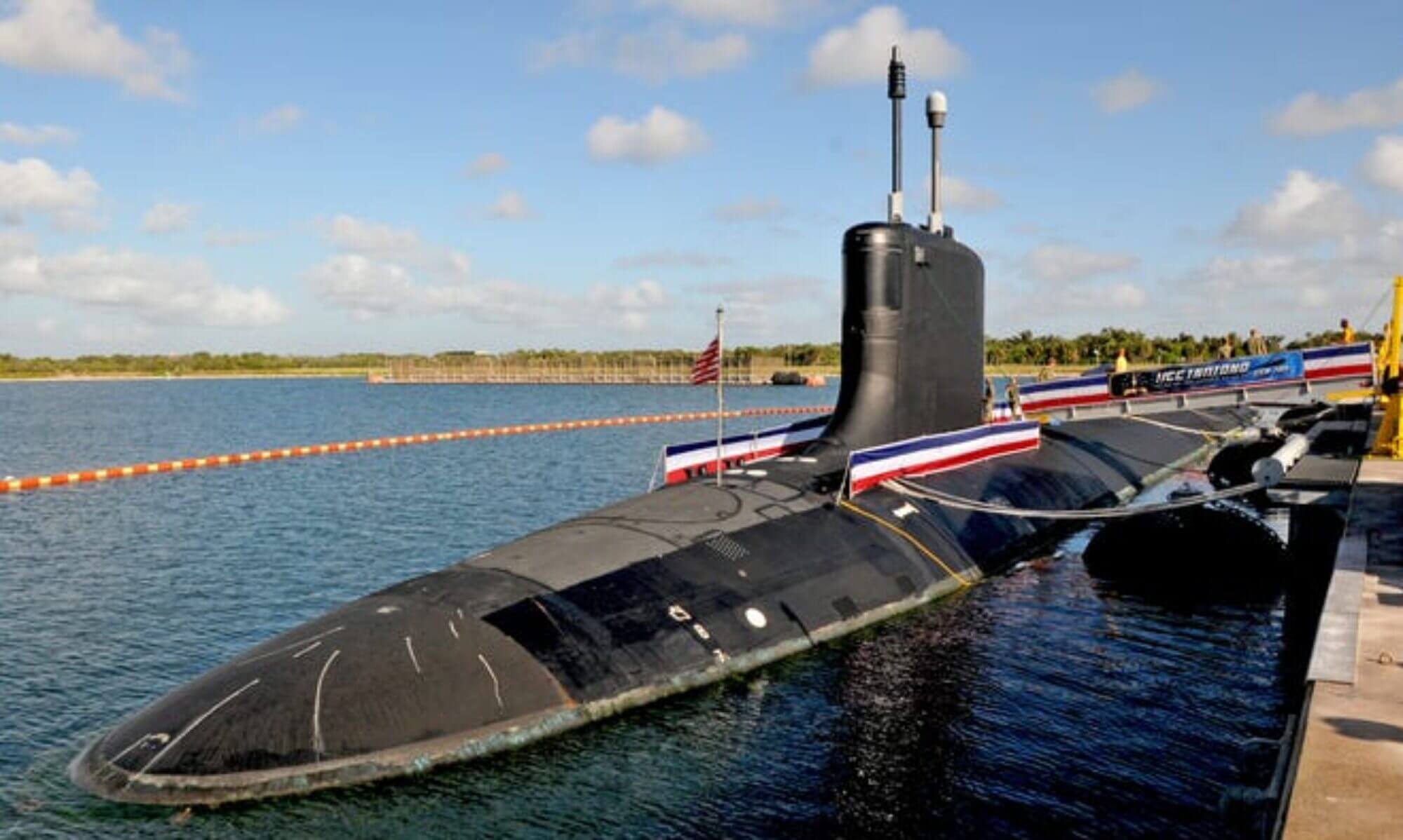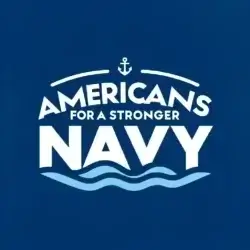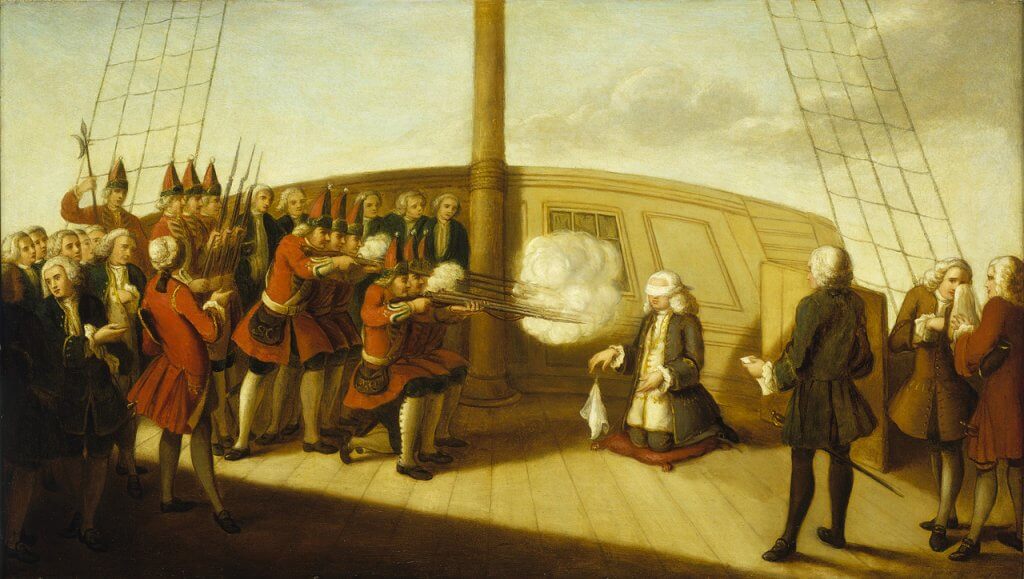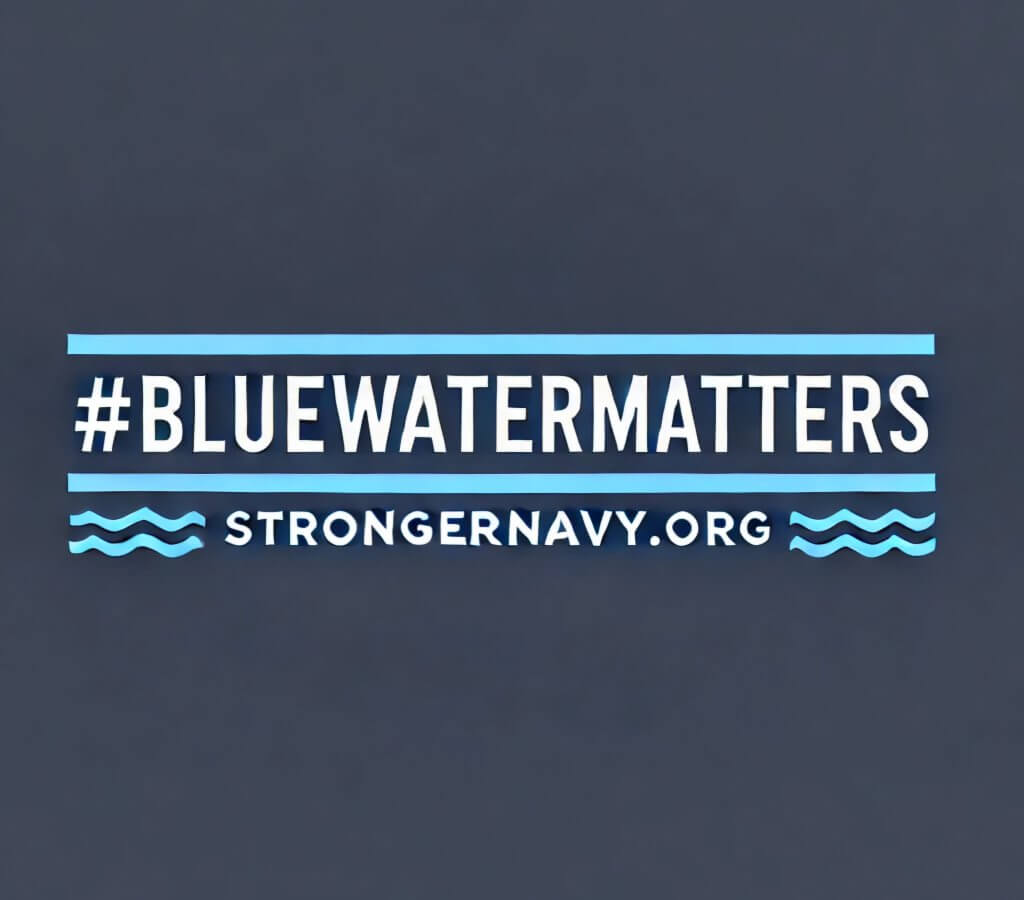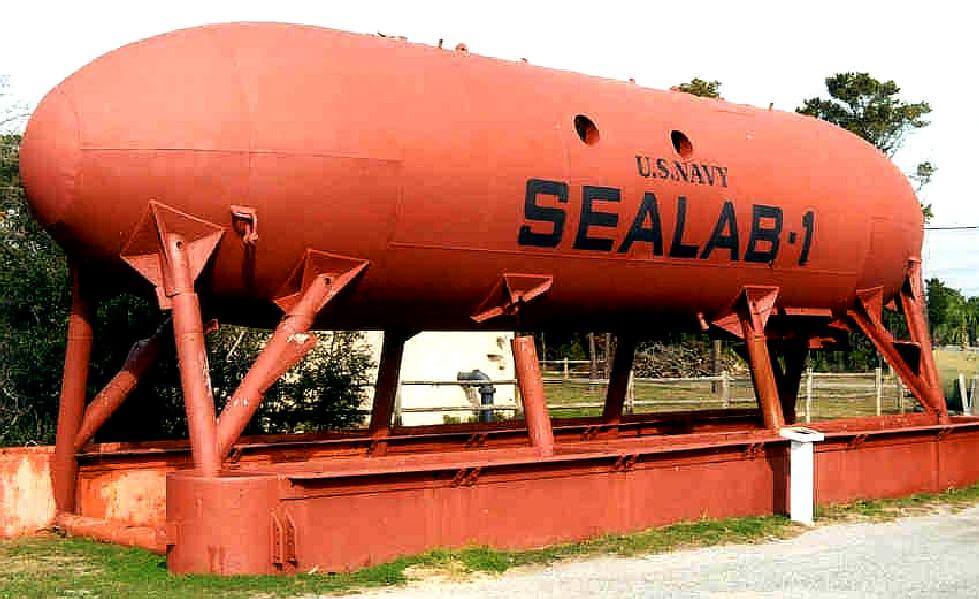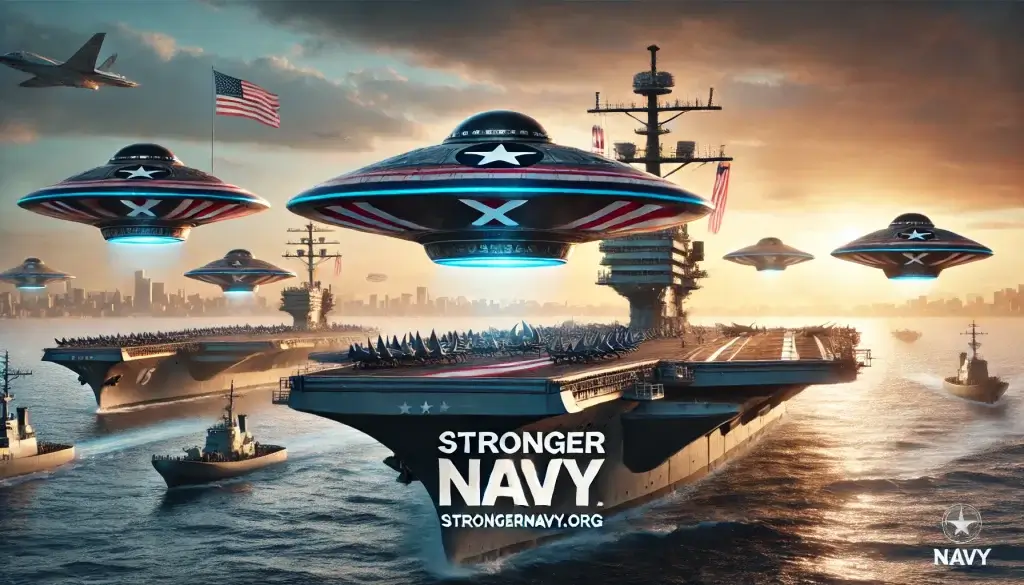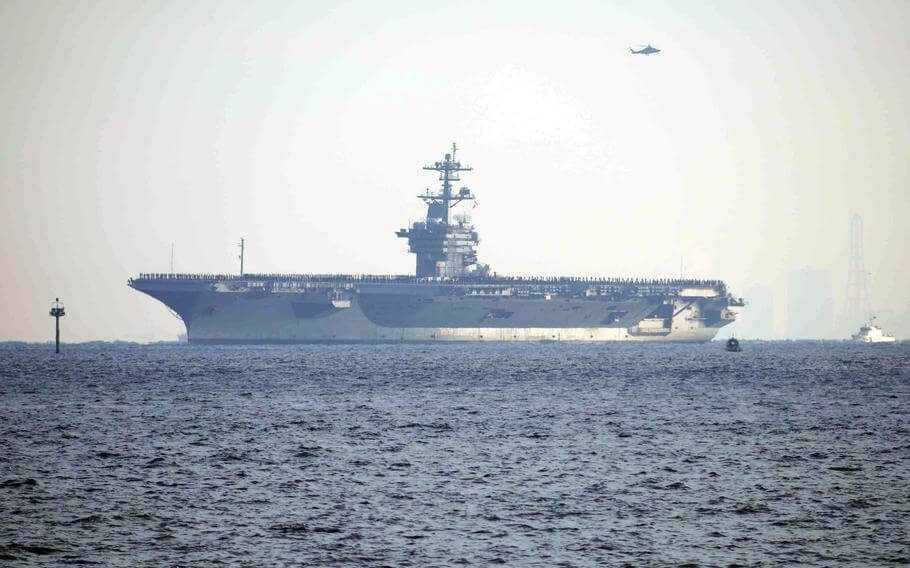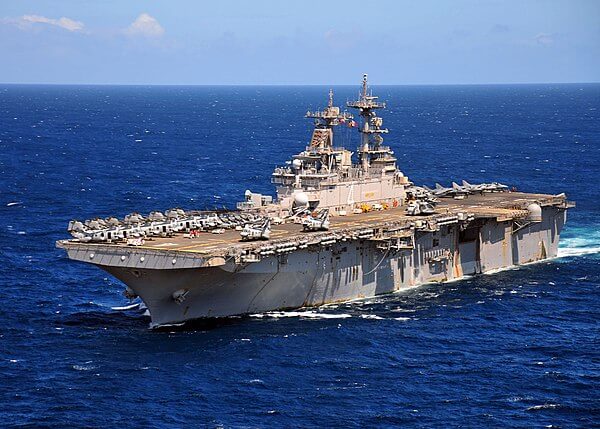
A Tribute to the Blue Water, Brown Water Navy – and Our POWs | March 29
As we mark this solemn and significant moment of remembrance, Americans for a Stronger Navy extends heartfelt gratitude to all who served during the Vietnam War—especially those in the U.S. Navy. Whether you were steaming offshore on a destroyer, carrier, or support ship, or navigating the dangerous inland waterways of the Mekong Delta, your courage and commitment mattered. You stood watch in some of the most complex and grueling conditions in modern warfare.
The Navy’s Role in Vietnam
The Navy’s role in Vietnam was extensive and essential. From launching air strikes from carriers during Rolling Thunder and Linebacker, to conducting coastal bombardments and halting enemy supply lines through Operation Market Time, the Navy was always on the front line. In the rivers and canals of the Delta, sailors in Task Forces 115, 116, and 117 faced ambushes and booby traps daily as they fought to secure the waterways in what became known as the “Brown Water Navy.”
Among those who served with distinction was the USS Henry B. Wilson (DDG-7). During the first three months of 1967, she cruised the South China Sea and Gulf of Tonkin, performing search and rescue missions and pounding enemy coastal positions in support of ground operations. Throughout the war, Henry B. Wilson served as plane guard for carriers on Yankee Station, participated in Sea Dragon operations, and provided naval gunfire support.
In April 1975, she took part in Operation Eagle Pull, assisting in the evacuation of Phnom Penh during its fall to the Khmer Rouge. Just weeks later, she was on the front lines again for Operation Frequent Wind, helping evacuate South Vietnam during its final collapse. Her role included drawing enemy fire away from the ships loading evacuees—demonstrating extraordinary bravery. In May 1975, she was also one of the lead ships in the dramatic rescue operation of the hijacked SS Mayaguez in Cambodian waters.
Why America Should Care
Today, many Americans may not know that 1.8 million Sailors served in Southeast Asia during the war. They may not realize that 95% of supplies reached Vietnam by sea, or that Navy Seabees built the logistical lifelines that made the war effort possible. And perhaps most importantly, many don’t know that over 1,600 Navy personnel lost their lives, thousands more were wounded—and some were taken as prisoners of war.
We especially honor those who endured captivity, often under brutal conditions, refusing to break and continuing to serve their country with dignity and resolve. Their courage is a testament to the strength of the human spirit and the values we hold dear.
We care because these men and women served their country without question—even when the country questioned the war. They are part of the fabric of American history and the foundation of our maritime security.
A Personal Note of Gratitude
As a former sailor on the USS Henry B. Wilson (DDG-7), I want to give a special shout-out to my shipmates that served during Vietnam and beyond. Our service mattered, and it still does.
I also want to honor my older brother, Chuck. He volunteered in 1968 as a U.S. Army photographer. Wounded in combat and granted a pass to come home, he made the extraordinary choice to go back—to help his buddies. Many of them never made it back. Chuck did, but not before being called a “baby killer” by his own countrymen—while still in bandages from his first Purple Heart. Still, he went back and served his country the best he could. RIP, brother. That’s the kind of quiet heroism that deserves recognition.
Never Forgotten
On behalf of Americans for a Stronger Navy, we say thank you. To the Blue Water sailors who braved open seas, the Brown Water warriors who navigated narrow rivers under fire, the POWs who endured unthinkable hardship, and the crew of the USS Henry B. Wilson—you made history. And to those like many of my shipmates and my brother Chuck, who showed what real duty looks like, your service continues to inspire.
Let’s remember them not just on designated days, but every day.
Learn more, get involved, and stand with us at StrongerNavy.org.
